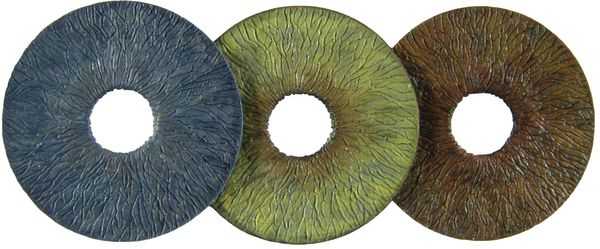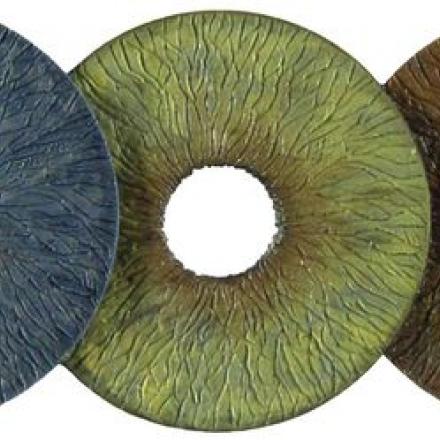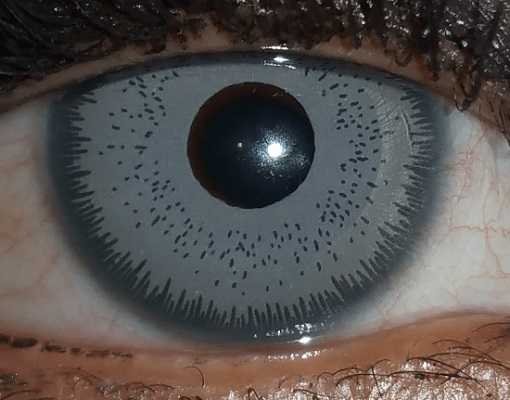
Eye color change surgery
Many people these days are looking for changing the color of their eyes. Some of them use the temporary ways to do that such as wearing colored contact lenses while others use the permanent ways which sometimes can lead to permanent loss of vision.
Before we start talking about these permanent ways you have to know that none of them are approved by FDA for cosmetic purposes. FDA only approved iris implants that can be used to treat iris defects. This iris implant is called CustomFlex Artificial Iris and as we said it is approved to be use in patients with congenital, traumatic or surgical anirida (Absence of the whole iris) or Coloboma (Absence of part of the iris) and it can’t be used for cosmetic purposes to change the iris color.
Cosmetic iris color change surgery
Anatomy of the eye
This color of the eye is determined by the iris. This part of the eye lies behind the cornea (the transparent part of the eye) inside the eye. The anterior chamber is a space lies between the cornea and the iris and it is filled with a fluid called aqueous humor. The natural crystalline lens lies behind the iris.
The pupil is a hole that lies in the center of the iris and it allows light to enter to the back of the eye. The size of the pupil is determined by the contraction and relaxation of muscles tissue of the iris.
Cosmetic Iris implant surgery
An artificial colored implant made from silicon and is implanted inside the eye through small corneal wound. The implant is inserted on the iris and cover its front surface. This artificial iris has central hole that mimic pupil with a fix diameter of 3.5-5.0 mm.
Complications of cosmetic Iris implant
Most of patients who underwent this surgery will have no complications in the first few weeks to months but then the complications start to appear and many of these complications can cause permanent loss of vision and blindness.
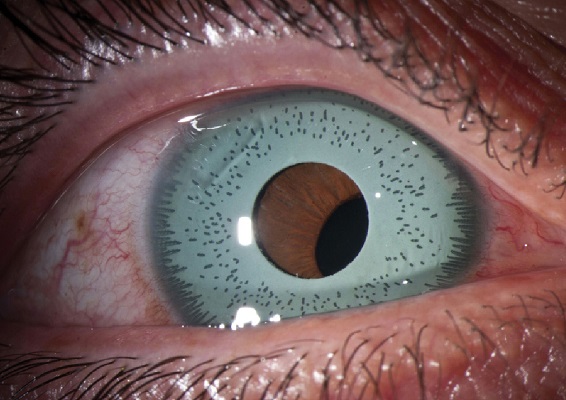 1- The size of pupil is fixed and it won’t dilate or constrict in the same way as natural pupil. This can cause difficulties in night driving any many patients complains of glare and haloes.
1- The size of pupil is fixed and it won’t dilate or constrict in the same way as natural pupil. This can cause difficulties in night driving any many patients complains of glare and haloes.
Sometimes, the hole of the artificial iris is not aligned with the pupil which will cause blurred vision and double vision.
2- Artificial iris is implanted on the natural iris and with time there will be adhesions between them. These adhesions will cause iris inflammation (Iritis), anterior uveitis, eye pain, redness and bleeding inside the eye.
3- The inner layer of the cornea is called the endothelial layer. This layer is very important for the thickness and the transparency of the cornea as it prevents extra fluid to enter inside the cornea.
Chronic inflammation from the iris implant and possible contacts between the iris implant and the cornea, cause gradual decrease in the density of endothelial cells and with time fluid starts to build up inside the cornea causing corneal edema which causes blurred vision, eye pain and redness. The end stage of this condition called bullous keratopathy.
4- High intraocular pressure which can end up with glaucoma and optic nerve damage. High intraocular pressure occurs from iritis, chronic inflammation of the eye, Inflammation of trabecular meshwork or trabeculitis and mechanical damage of the iris implant to the angle of the eye. The angle of the eye contains the Trabecular meshwork which is that part of the eye that is responsible for the drainage of aqueous humor to control intraocular pressure.
Trabeculitis means a defect in the function of trabecular meshwork. Trabeculitis is treatable at first but with chronic uveitis permanent damage can occur. Treatment of uveitis that is caused by iris implant with corticosteroid eye drops such as pred forte eye drops. One of the side effects of these eye drops is high intraocular pressure.
5- Cataract or opacity of the natural crystalline lens inside the eye. Cataract occurs from chronic inflammation of the eye and also can occur from corticosteroid eye drops that are used during the treatment of uveitis.
Treatment of Cosmetic iris implant complications
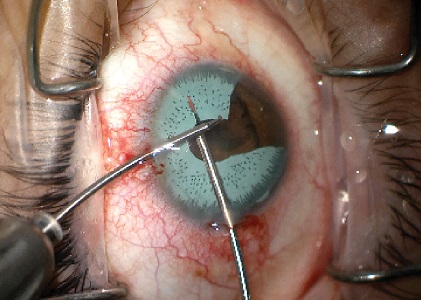 Removal of the iris implant is the most important step in the treatment.
Removal of the iris implant is the most important step in the treatment.
It can be done easily before the adhesions between the implant and the iris develop but once the adhesions occur, part or all of the iris tissue can be removed also with the implant.
Medical treatment can be started to treat uveitis and glaucoma. Sometimes the glaucoma is resistant to medical treatments so surgical treatment of glaucoma is an alternative to that.
Bullous keratopathy is treated with corneal graft either full thickness corneal graft or endothelial layer corneal graft.
Cataract is treated with cataract extraction surgery and implantation of intraocular lens.
Conclusion
The Contact lens association of ophthalmologist, the American Glaucoma Society and The American Academy of Ophthalmology strongly discourage people from undergoing cosmetic iris implant for eye color change.



